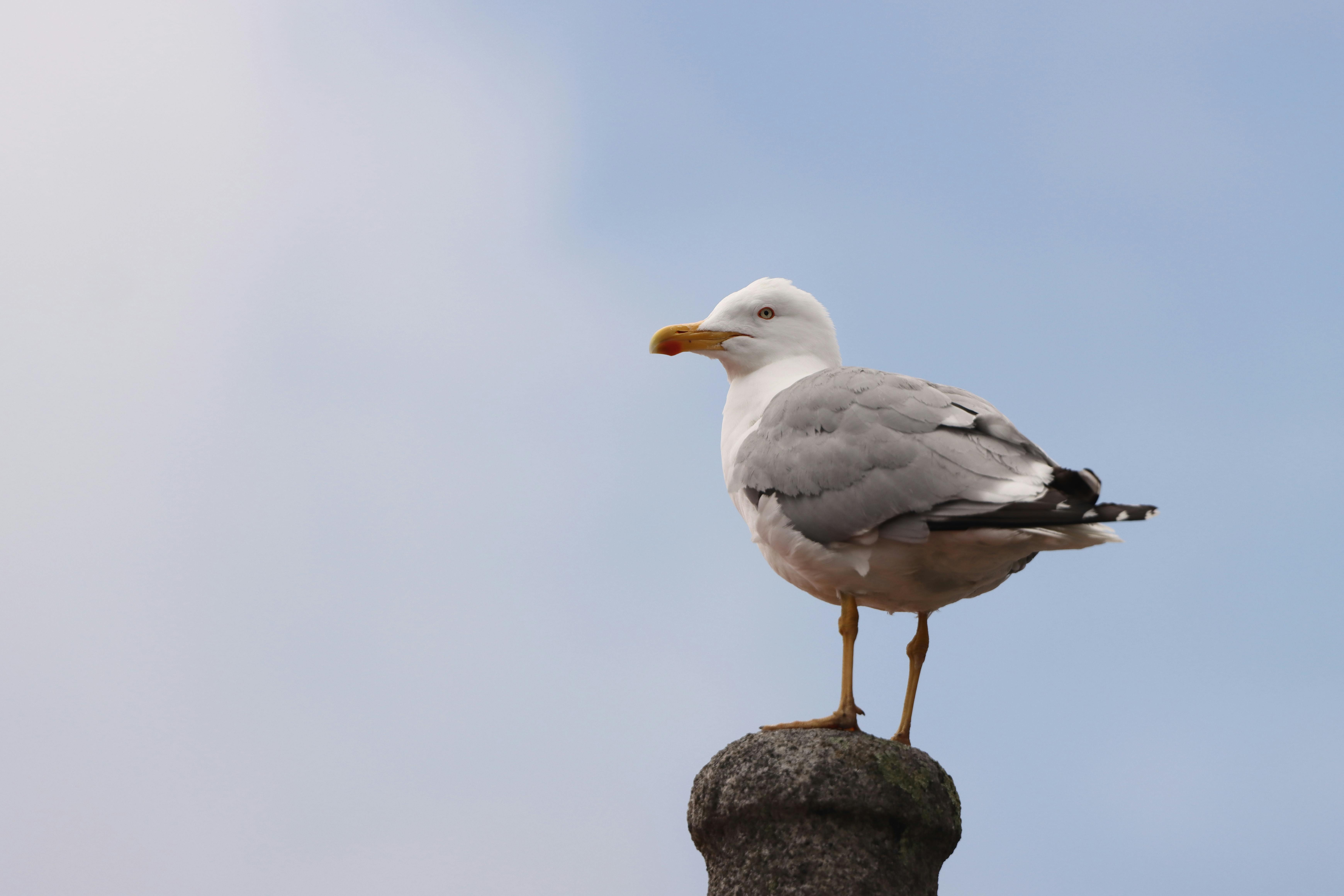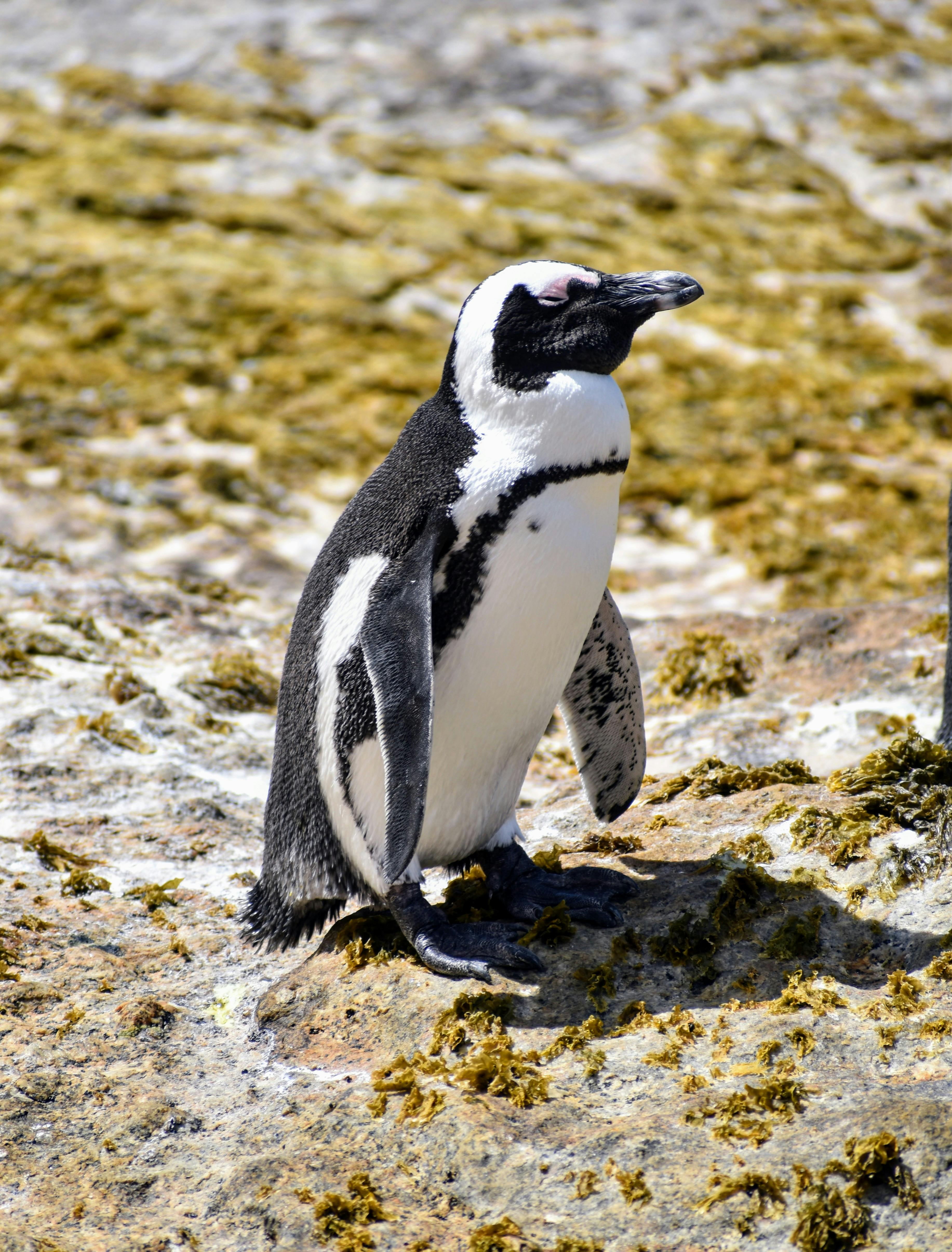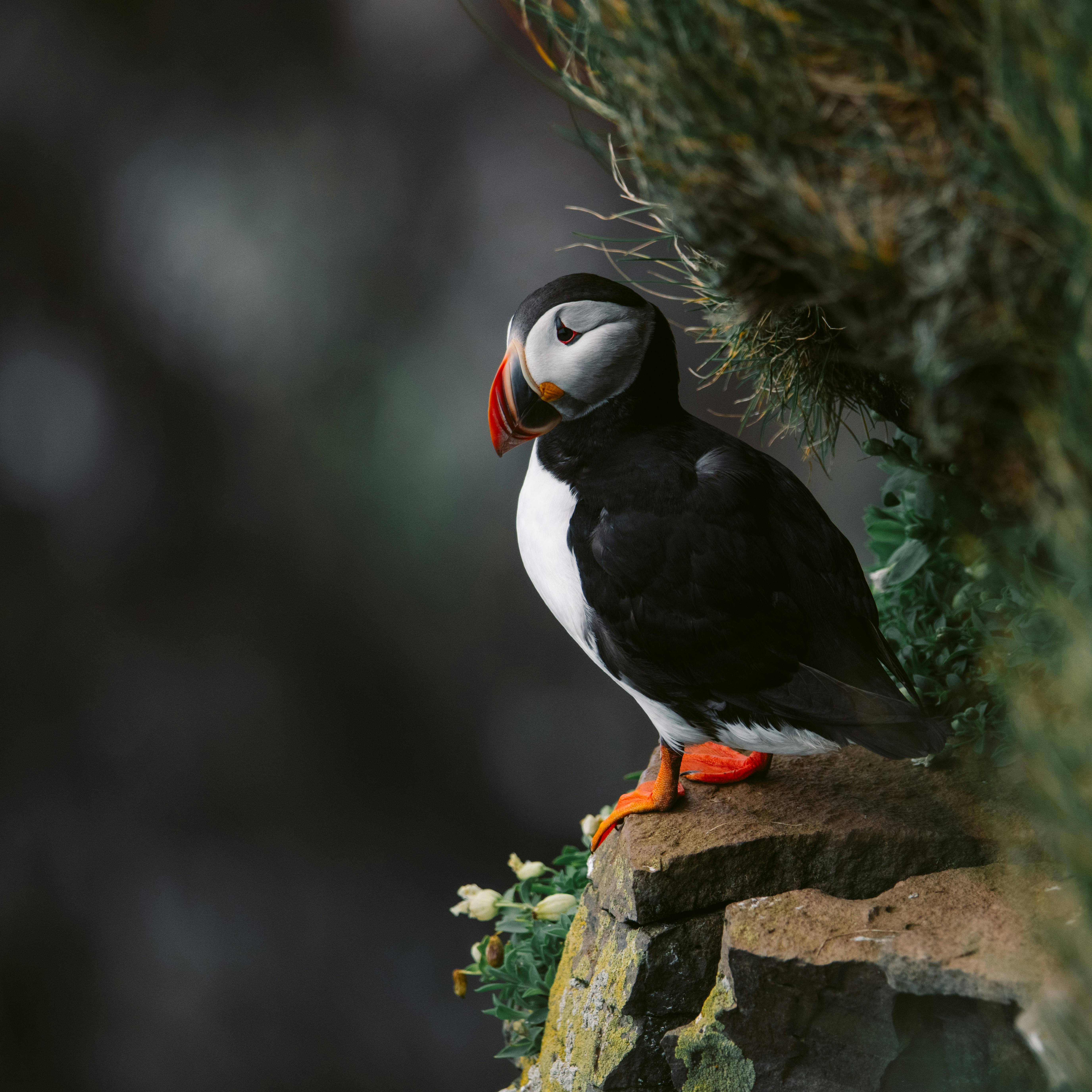Have you ever wondered if certain bird species specifically target tarantulas as part of their diet, particularly during the crucial nesting period? It’s a fascinating topic that combines the intricate behaviors of birds with the remarkable dynamics of predator and prey in the animal kingdom.

Introduction
Birds are known for their diverse diets that vary significantly across species and regions. While some birds primarily feed on seeds and fruits, others are more carnivorous, hunting a wide range of prey. During nesting periods, birds often seek out nutritious food sources to sustain both themselves and their chicks. But do tarantulas, those often feared but equally fascinating creatures, serve as a notable food source for any bird species?
Specific Bird Species Known To Hunt Tarantulas
Through observations and studies, ornithologists and arachnologists have identified several bird species that include tarantulas in their diet. It’s essential to note that while many birds may opportunistically prey on tarantulas, certain species have developed specific hunting strategies to capture and consume these sizeable arachnids.
Roadside Hawk
The Roadside Hawk (Rupornis magnirostris) is native to Central and South America and is known to hunt a variety of prey, including small mammals, insects, and reptiles. During nesting periods, these versatile raptors are known to target tarantulas, delivering them to their chicks as a protein-rich food source. Their adaptability and diverse diet give them a significant advantage in different habitats, including forests, savannas, and even human-altered landscapes.
Loggerhead Shrike
The Loggerhead Shrike (Lanius ludovicianus) is a bird of prey found in North America, particularly in open habitats like grasslands and shrublands. Although its primary diet includes insects and small vertebrates, it has occasionally been observed preying on tarantulas. Using its powerful beak and unique hunting technique, the shrike impales its prey on thorns or barbed wire to store food for later consumption, particularly during the demanding nesting season.
Greater Roadrunner
The Greater Roadrunner (Geococcyx californianus), found in the southwestern United States and Mexico, is another remarkable bird capable of taking down tarantulas. Known for its speed and agility, the roadrunner patrols arid and semi-arid environments, preying on a diverse array of animals. Tarantulas, with their relatively slow movement, become an easy target, making them a valuable food source during nesting times.
Crested Caracara
Native to the southern United States, Central America, and South America, the Crested Caracara (Caracara cheriway) is a distinctive bird of prey. This species is opportunistic in its feeding habits, consuming everything from carrion to live prey. Tarantulas form part of its diet, especially during the breeding season when the nutritional demands of rearing chicks are high.
Hunting and Feeding Methods
How do these birds manage to catch and consume tarantulas, which are not only large but also possess venomous fangs as a defense mechanism? The answer lies in a mix of agility, strategy, and biological adaptations.
Strategy and Agility
Birds such as the Greater Roadrunner rely on their speed and agility to catch tarantulas. They can quickly close the distance between themselves and their prey before the tarantula has a chance to escape or retaliate. Once the roadrunner captures the tarantula, it typically bashes the arachnid against a hard surface to immobilize or kill it before consumption.
Unique Hunting Techniques
The Loggerhead Shrike exhibits a fascinating hunting method by skewering its prey on sharp objects like thorns or barbed wire. This behavior not only stores the prey for future meals but also keeps it immobilized. Such a technique is particularly useful when dealing with potentially dangerous prey, like a tarantula, as it minimizes the risk of injury to the bird.
Adaptation of Talons and Beaks
Birds of prey like the Roadside Hawk and Crested Caracara possess strong talons and sharp beaks, perfectly designed for gripping and tearing apart their prey. These physical adaptations are crucial for taking down larger, more robust prey such as tarantulas. The hawk’s powerful grip can incapacitate the tarantula, while its beak efficiently dismembers the arachnid for feeding.
Nutritional Value
Tarantulas can offer significant nutritional benefits to birds, particularly during the high-energy demands of the nesting period. They provide a rich source of protein and other essential nutrients that are crucial for the growth and development of chicks.
Protein-Rich Diet
Birds need a protein-rich diet during nesting to ensure their chicks grow strong and healthy. Tarantulas, being substantial in size, offer a good amount of protein compared to smaller insects and prey. This high-protein content supports the rapid growth and development necessary for chicks to thrive and eventually fledge.
Essential Nutrients
Besides protein, tarantulas also offer other essential nutrients. Their bodies contain fats and minerals that can contribute to a balanced diet. Fats provide a concentrated energy source that is vital during the physically taxing processes of hunting, feeding, and caring for chicks. Additionally, minerals such as calcium from the exoskeleton aid in the development of strong bones in growing birds.

Predatory Pressure and Ecological Impact
Predation on tarantulas by birds plays a role in maintaining ecological balance. It helps regulate tarantula populations, which, if left unchecked, could have cascading effects on the ecosystem.
Population Control
Birds preying on tarantulas can help keep their populations in check. This natural form of population control ensures that tarantulas do not overpopulate an area, which could lead to the overconsumption of their prey, such as insects and small animals. Balancing these predator-prey relationships is crucial for healthy ecosystem dynamics.
Biodiversity Maintenance
By preying on tarantulas, birds contribute to maintaining biodiversity within their habitats. Predation is a natural selective force that helps ensure only the most adaptable and resilient species survive and thrive. This interplay fosters a diverse and balanced ecosystem, benefiting multiple species within the food web.
Conclusion
In summary, while not all birds engage in the predation of tarantulas, several species have adapted to include these sizeable arachnids in their diet, especially during the nesting period. Birds such as the Roadside Hawk, Loggerhead Shrike, Greater Roadrunner, and Crested Caracara showcase unique hunting strategies and adaptations that enable them to capture and consume tarantulas, providing essential nutrients for their chicks’ growth and development.
The relationship between birds and tarantulas is a fascinating example of nature’s intricate web of interactions, highlighting the role of specific predatory behaviors in shaping ecological balance. Understanding these dynamics not only gives us insight into the behaviors of both birds and tarantulas but also underscores the importance of preserving diverse habitats to support these complex relationships.

